Long List of Awesome DeepSeek Integrations You Should Know
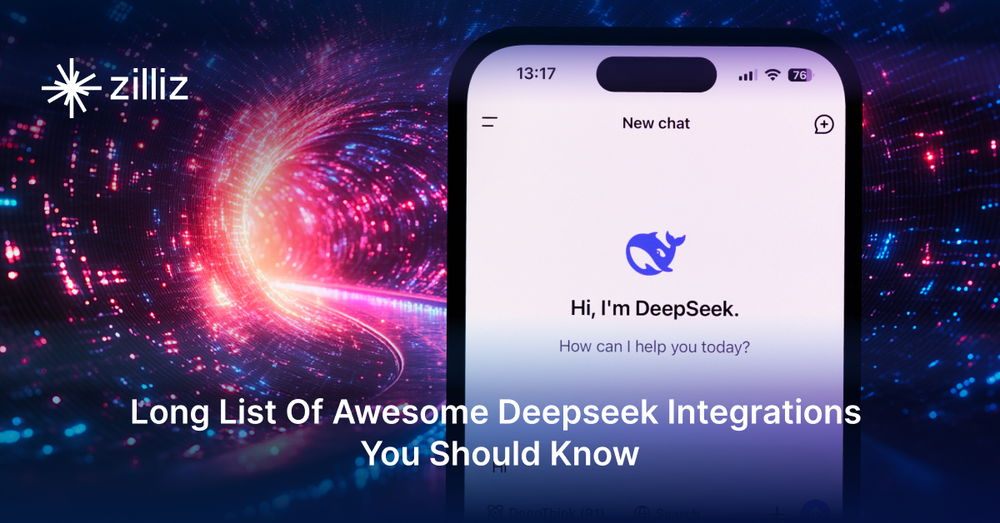
In the shadow of Silicon Valley’s big tech, DeepSeek—a $6 million open-source project from China is taking the AI world by storm. Its ecosystem of tools and integrations is stealing market share from traditional tech players like OpenAI and Meta, whose overpriced APIs are now scrambling to match. In this article, we will take a close look at some of the most game-changing integrations that Silicon Valley hopes you’ll ignore and explain why your business can’t afford to miss out.
Overview of DeepSeek
DeepSeek is a series of large language models (LLMs) developed by Chinese startup DeepSeek AI. Designed to enhance data search and retrieval, DeepSeek leverages machine learning (ML), natural language processing (NLP), and deep neural networks to process and generate human-like text. At its core, DeepSeek delivers exceptional performance through its family of models, including Deepseek-7B, Deepseek-67B, and specialized variants like DeepSeek-Coder. Unlike traditional AI models, its flagship DeepSeek-V3 uses a Mixture of Experts (MoE) architecture, activating only necessary blocks, i.e., 37 billion of its 671 billion parameters per query, to reduce computational costs by 90% compared to GPT-4 and Gemini. Key features include:
Multi-Head Latent Attention (MLA): for faster inference
Group Relative Policy Optimization (GRPO): for autonomous reasoning
Open weights under MIT licensing: for free commercial use
Why Silicon Valley is paying attention
DeepSeek’s design and architecture have made it both scalable and accessible. While companies such as OpenAI and Meta invest heavily in resource-intensive models, DeepSeek claimed to have achieved competitive results with training costs of around US $6 million, significantly lower than the multi-hundred-million dollar budgets typically required. These numbers suggest that high-performance AI does not require Silicon Valley’s budgets. Its models now boast impressive metrics, such as 82% LeetCode accuracy (versus GPT-4’s 68%) and a 92.1% GSM8K score in math, challenging the need for a Silicon Valley-scale budget. Moreover, its robust privacy features, as seen in tools like DeepSearcher, allow enterprises to securely leverage internal data without exposing sensitive information.
Long List of DeepSeek Integrations
Below is a curated list of some awesome DeepSeek integrations that showcase its flexibility and real-world applicability across various industries.
DeepSearcher
DeepSearcher is a Python-based tool by Zilliz that combines multiple LLMs, including DeepSeek, OpenAI, etc., with vector database capabilities (e.g., Milvus). It performs secure, semantic data searches over large, unstructured datasets, such as PDFs or internal documents, by converting data into vector embeddings and matching against stored data via a vector database. This integration is ideal for building Q&A systems and enabling enterprises to access internal documents without compromising sensitive data.
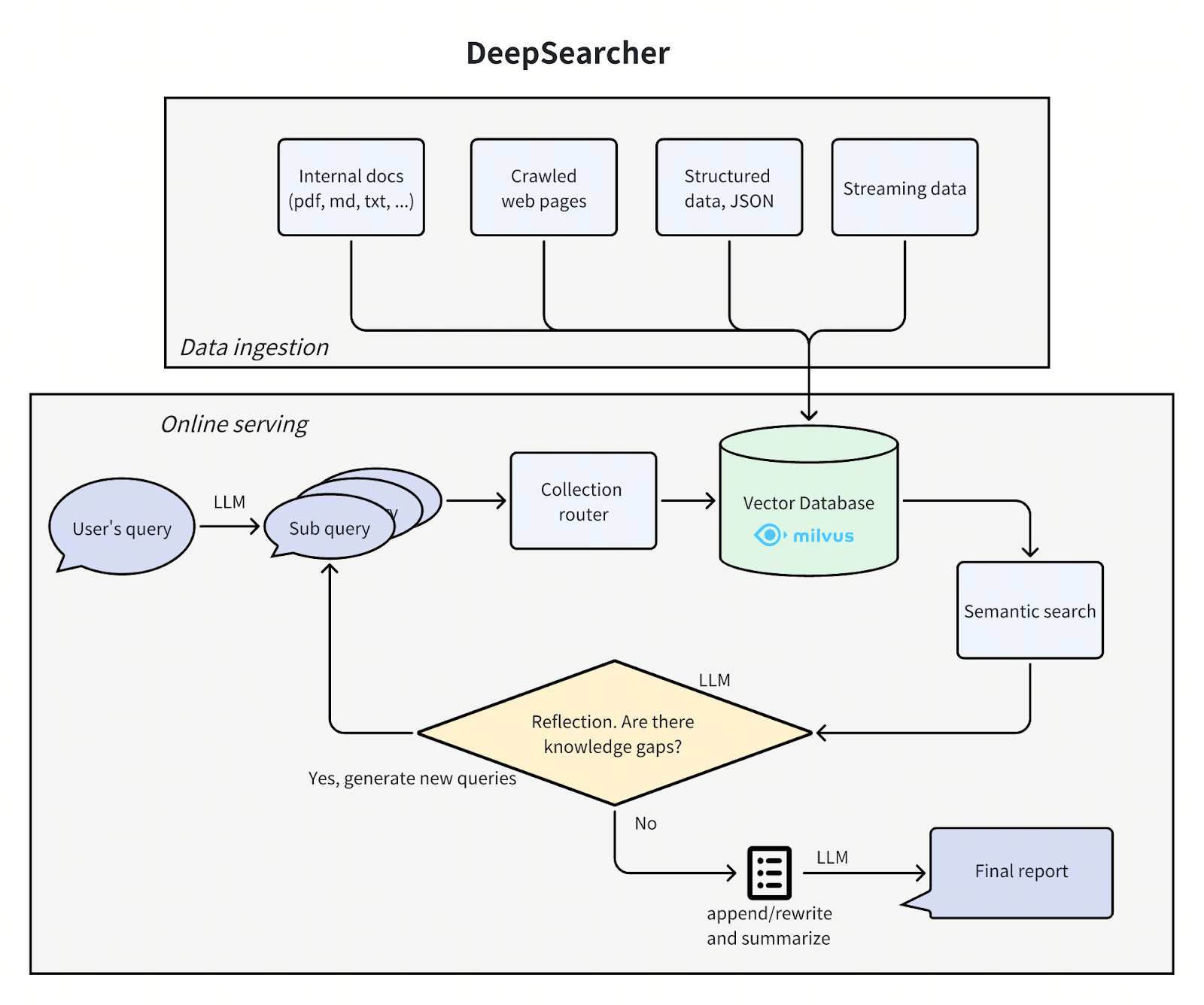
Figure: DeepSearcher Architecture.
# Example: Configure and use DeepSearcher with DeepSeek and Milvus
from deepsearcher.configuration import Configuration, init_config
from deepsearcher.offline_loading import load_from_local_files
from deepsearcher.online_query import query
# Initialize DeepSeek as the LLM
config = Configuration()
config.set_provider_config("llm", "DeepSeek", {"model": "deepseek-chat"})
config.set_provider_config("vector_db", "Milvus", {"uri": "./milvus.db"}) config.set_provider_config("embedding", "MilvusEmbedding", {"model": "BAAI/bge-base-en-v1.5"})
init_config(config)
# Load local documents (PDFs, text files) load_from_local_files(paths_or_directory="/path/to/enterprise_docs")
# Secure semantic search
result = query("Explain vector similarity in Milvus")
print(result[0].text)
RAGFlow
RAGFlow is an open-source engine for Retrieval-Augmented Generation (RAG) that utilizes DeepSeek’s ability to process and understand documents. It splits documents into chunks, generates embeddings, and stores them in a vector database. When queried, RAGFlow retrieves the most relevant segments to generate context-rich answers with citations. It supports PDFs, images, and tables with layout analysis, making it suitable for businesses looking to implement scalable Q&A systems or content generators.
from ragflow import RAGPipeline
from deepseek_rag import DeepSeekEmbedder
# Initialize with DeepSeek embeddings and Milvus
rag = RAGPipeline(
embedder=DeepSeekEmbedder(model="deepseek-r1"),
database="milvus", # Requires custom setup
api_key="<YOUR_KEY>"
)
rag.ingest("path/to/document.pdf")
Milvus Vector Database
Integrating DeepSeek with Milvus forms powerful RAG pipelines. DeepSeek generates embeddings for text and other data types (text, images, audio, etc.) that are then stored and managed in Milvus—a highly scalable vector database optimized for similarity searches. When a query is issued, Milvus quickly finds the most semantically similar vectors. Together, they enable rapid retrieval and generation of contextually relevant responses, as demonstrated in the “Build RAG with Milvus and DeepSeek” documentation. This combination allows for efficient storage, indexing, and searching of high-dimensional vector data, which is ideal for large-scale deployments in similarity search, recommendation systems, and enterprise-scale Q&A.
from deepseek_api import generate_embeddings
from pymilvus import MilvusClient
# Generate embeddings using DeepSeek
text = "How is data stored in Milvus?"
embedding = generate_embeddings(text, model="deepseek-v3")
# Connect to Milvus and insert
client = MilvusClient(uri="http://localhost:19530")
client.insert(collection_name="my_collection", data=[{"vector": embedding, "text": text}])
For more details, explore Zilliz Cloud to experience managed Milvus services.
Cursor
Cursor is an AI-powered code editor (built on VS Code) that integrates DeepSeek to assist developers with code generation, debugging errors, and context-aware suggestions using natural language prompts. It simplifies navigating complex codebases, writing efficient code with suggestions, translating natural language to code, and understanding code snippets, making it a daily go-to tool for developers.
For example, fixing a Python memory leak:
# User input: "Why is this loop consuming 8GB RAM?"
for i in range(10**8):
data = np.zeros((1000, 1000)) # DeepSeek suggests: 'Use generators or chunk data'
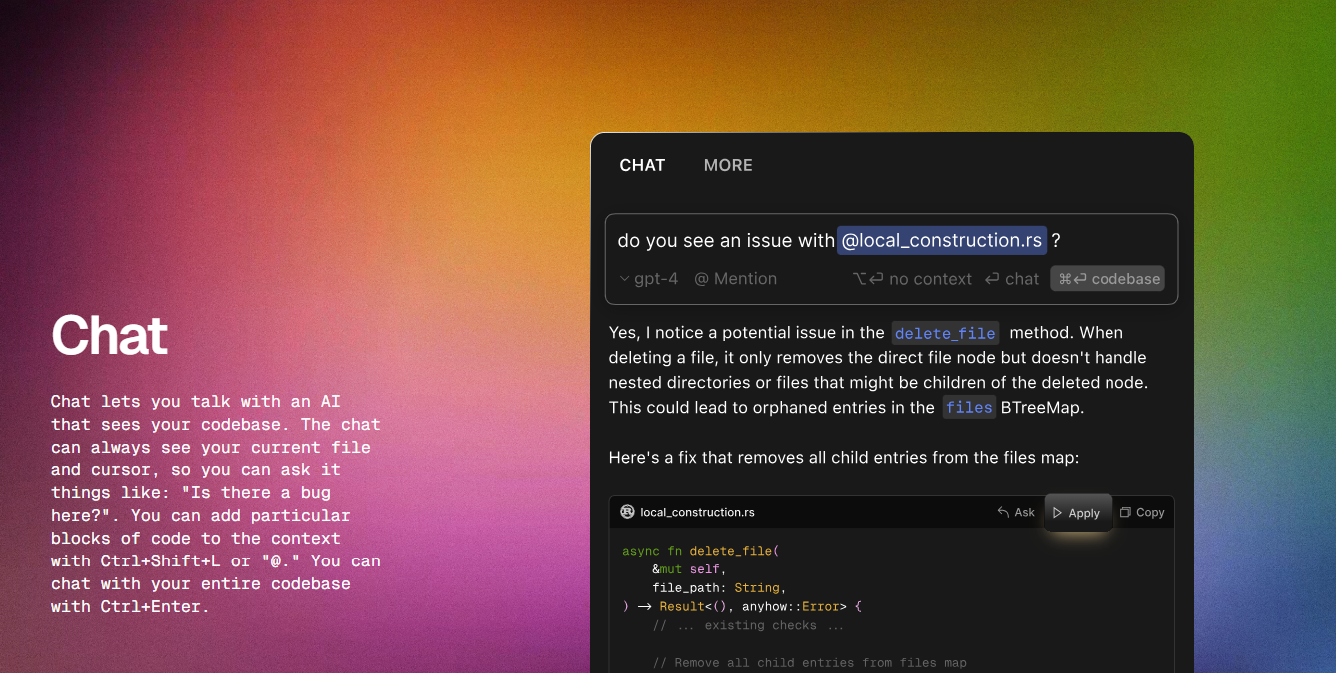
Figure: Cursor Chat with AI. Source.
Liubai
Liubai turns DeepSeek into a productivity assistant on WeChat. Users can manage tasks, notes, calendars, and to-do lists using natural language commands. This integration makes the everyday personal organization more efficient and easier to manage routine tasks. For example, a user might type:
“schedule meeting with Alex at 3 PM tomorrow”
“summarize https://arxiv.org/pdf/2401.06066”
Upsonic
Upsonic provides an enterprise-ready framework for writing AI-driven tasks. It leverages DeepSeek to handle multiple AI model calls and agent interactions within a single system. For instance, it can automate customer support by retrieving data from CRM systems, generating accurate responses, and optimizing resource allocation across the enterprise.
from upsonic import Agent
support_agent = Agent(
task="Resolve billing disputes",
models={"deepseek": "r1-8b"},
max_cost="$0.02/query"
)
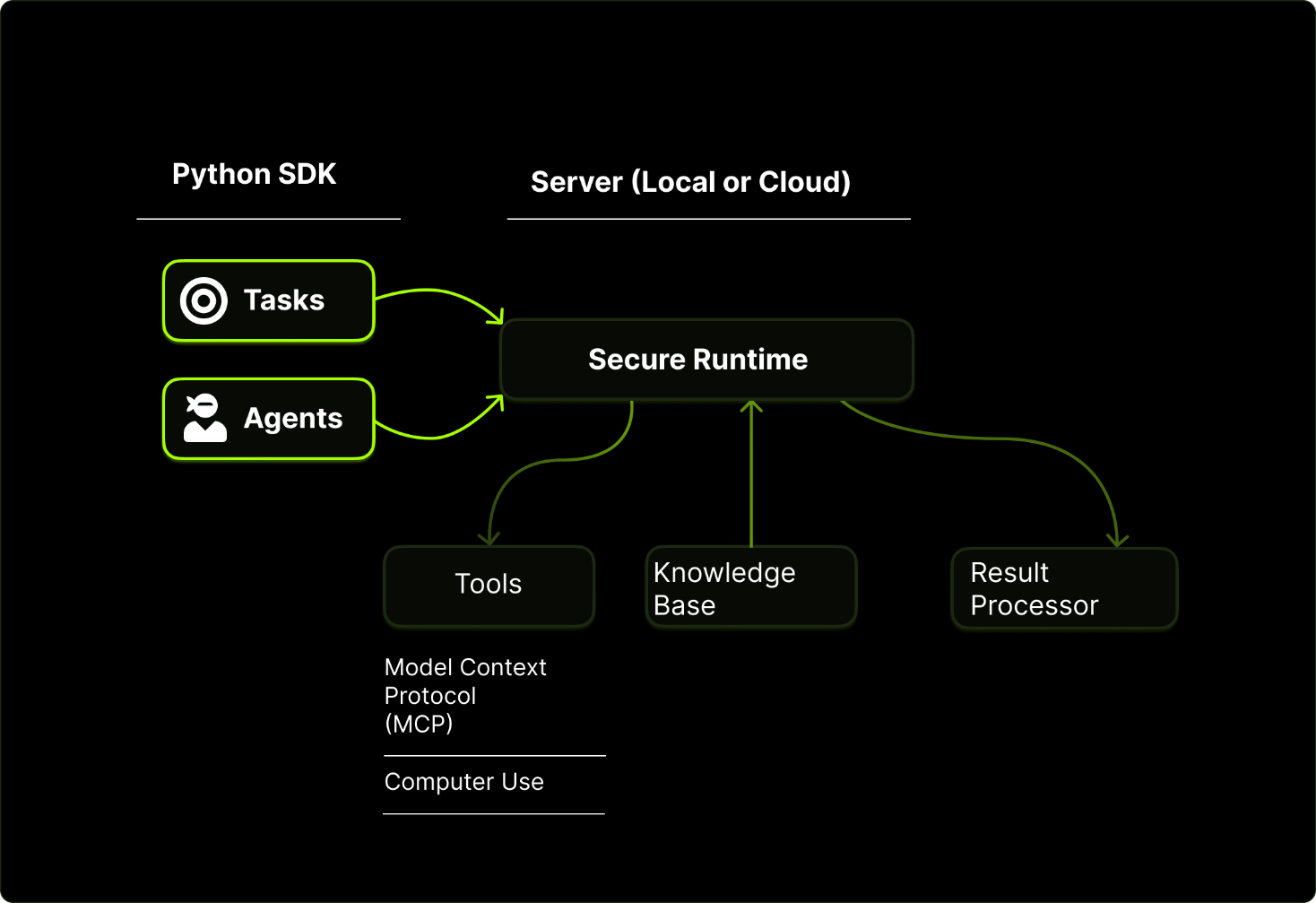
Figure: How Upsonic Works. Source.
16x Prompt
16x Prompt is a developer tool that uses DeepSeek to manage source code context and generate detailed prompts for tasks such as API integration or bug fixes. It is particularly useful in large, multi-file projects where maintaining clarity is crucial by auto-generating prompts and offering assistance during coding sessions. The tool simplifies prompt creation, testing, collaboration, and versioning—helping developers optimize prompt performance.
Siri_deepseek_shortcut
This custom iOS shortcut integrates DeepSeek with Siri to enable voice-activated AI assistance. Users can ask, “Hey Siri, summarize my meeting notes into bullet points” and receive responses powered by DeepSeek-R1. It brings hands-free productivity to daily life by allowing on-the-go interactions for tasks like debugging code or summarizing articles for busy professionals.
Mem0
Mem0, known as “The Memory Layer for your AI Agents,” is a personal assistant that augments DeepSeek by adding an intelligent memory layer. This integration allows AI to remember previous interactions, user preferences (e.g., “I prefer code examples in Python”), and context over time. It can also understand the meaning and context of notes, documents, emails, and other personal data stored in Mem0. Such continuity enhances customer support, personal assistants, and any application where maintaining conversational context is critical. Moreover, it excels at automatic note organization, knowledge graph generation, smart content linking, and semantic search across personal knowledge bases.
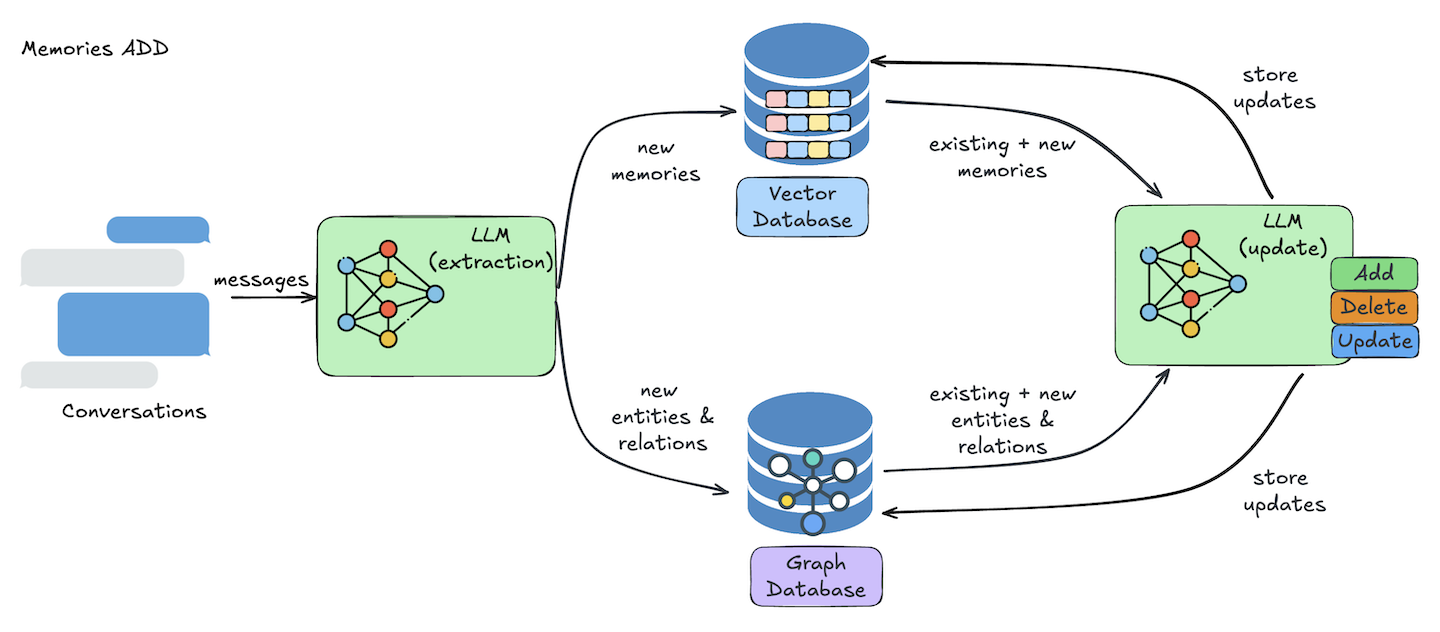
Figure: Architecture diagram illustrating the process of adding memories. Source.
Langfuse
Langfuse is an open-source observability and analytics platform that works with DeepSeek to monitor, debug, and analyze model performance. It tracks key performance indicators (KPIs), such as latency, cost, token usage, and output quality, to help teams fine-tune their AI integrations. With Langfuse, developers can log each query’s performance and identify areas for optimization. It has tools for visualizing and analyzing the model outputs to identify patterns, biases, or areas for improvement. Additionally, it facilitates A/B testing of different DeepSeek model configurations or prompts to optimize performance for specific tasks.
Monitors DeepSeek API usage:
from langfuse import Langfuse
langfuse = Langfuse()
def query_deepseek(prompt):
start = time.time()
response = deepseek.query(prompt)
langfuse.log(
input=prompt,
output=response,
latency=time.time() - start,
cost=calculate_cost(response)
)
return response
Geneplore AI
Geneplore AI is one of the largest AI Discord bots supporting DeepSeek’s advanced models, including the latest versions like DeepSeek v3 and R1. It allows interactive Q&A sessions, content generation, and even scientific research analysis within Discord communities. It can, for instance, analyze research papers or generate LaTeX equations from natural language descriptions. It also uses models like SDXL and FLUX.1 to generate high-quality images and visuals.
Curator
Curator is an open-source tool that simplifies dataset curation for post-training DeepSeek models to filter out low-quality or redundant data. It helps maintain high-quality datasets for fine-tuning language models, automatically detecting anomalies and unexpected patterns, and categorizing content. This integration is ideal for R&D teams aiming to improve model performance through cleaner training data. Moreover, the Curator simplifies content management with DeepSeek’s AI capabilities, offering automated content categorization, smart tagging, content recommendations, and engagement analytics. For example, a data scientist might use Curator to clean a large customer dataset by summarizing demographics or detecting unusual spending patterns.
Cleans training data for DeepSeek fine-tuning:
from curator import DataFilter
# Initialize the DataFilter with DeepSeek-R1
filter = DataFilter(model="deepseek-r1")
# Remove low-quality texts with a minimum confidence threshold
clean_data = filter.remove_low_quality(texts, min_confidence=0.8)
Dify
Dify is a no-code platform that lets businesses build and deploy AI apps without writing code. It simplifies the creation of chatbots, workflow automation tools, and text generators by incorporating DeepSeek’s LLM resources, along with pre-built components, templates, and workflows. Its user-friendly interface and flexible design make it a popular choice among non-technical users as well as enterprise developers.
Others
Beyond the integrations listed above, DeepSeek’s ecosystem extends to several other tools, including:
Zotero: Tool to enhance, collaborate, organize, and cite academic research.
SiYuan: A personal knowledge management system for secure, offline data handling.
Raycast: A macOS productivity tool featuring DeepSeek extensions for quick queries.
Chatbox: A desktop smart assistant available for Windows, Mac, Linux and Android.
Bolna: A Voice AI agent designed for call centers.
PHP Client and Laravel Integration: This is for API integration in web development.
Summary
DeepSeek’s integrations prove that open-source AI can rival Silicon Valley’s closed systems. Thanks to its cost-efficiency, powerful LLMs, and wide-ranging integration capabilities, DeepSeek delivers high-performance AI at a fraction of traditional costs while securely handling private data. With tools like Milvus for enterprise RAG and Cursor for code optimization, developers gain benefits such as up to 90% lower cost, 2.5x faster inference on consumer GPUs, and enterprise-grade security for private data. As the ecosystem grows to cover tools for data search, code editing, personal productivity, and more, DeepSeek is proving that next-generation AI doesn’t always need a Silicon Valley budget to lead the way. The future of AI is open, affordable, and here to stay.
Related Resources
For those interested in exploring these integrations more and keeping up with the latest developments, the DeepSeek Open Platform and the awesome-deepseek-integration GitHub repository offer continuously updated resources.
- Overview of DeepSeek
- Why Silicon Valley is paying attention
- Long List of DeepSeek Integrations
- Summary
- Related Resources
Content
Start Free, Scale Easily
Try the fully-managed vector database built for your GenAI applications.
Try Zilliz Cloud for FreeKeep Reading
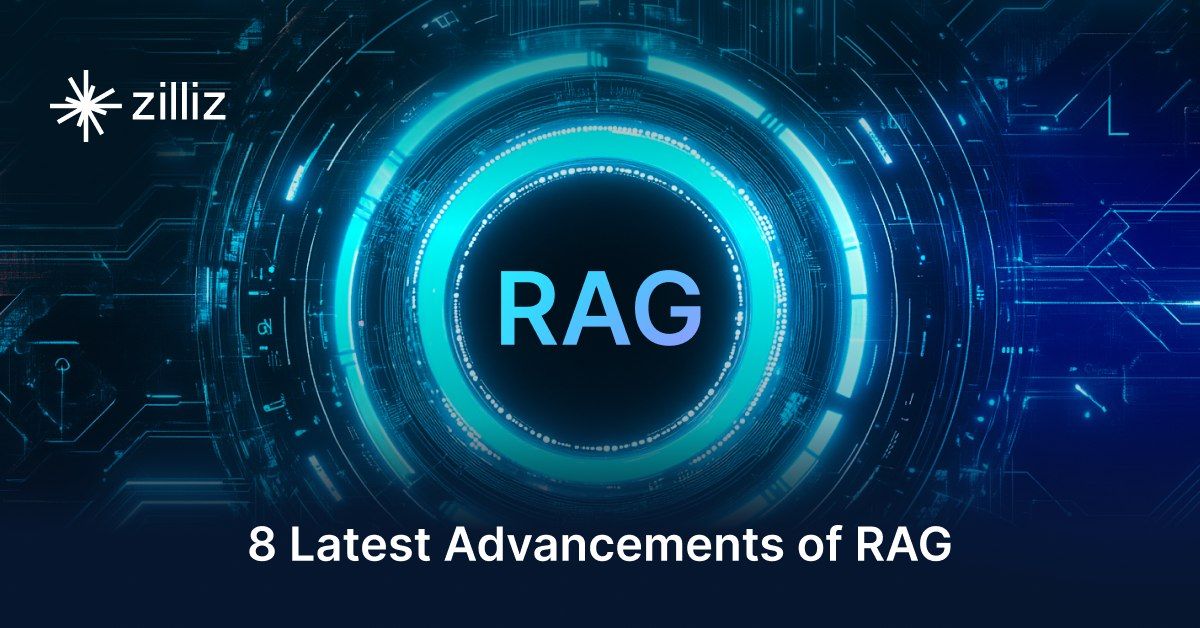
8 Latest RAG Advancements Every Developer Should Know
Explore eight advanced RAG variants that can solve real problems you might be facing: slow retrieval, poor context understanding, multimodal data handling, and resource optimization.
Milvus/Zilliz + Surveillance: How Vector Databases Transform Multi-Camera Tracking
See how Milvus vector database enhances multi-camera tracking with similarity-based matching for better surveillance in retail, warehouses and transport hubs.
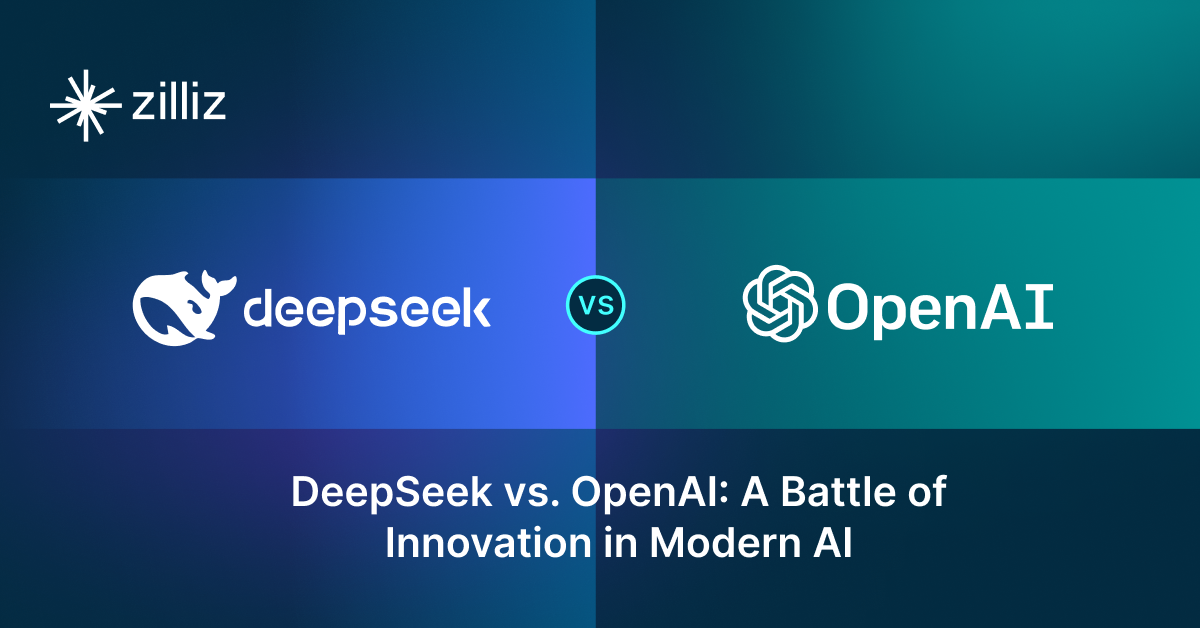
DeepSeek vs. OpenAI: A Battle of Innovation in Modern AI
Compare OpenAI's o1 and o3-mini with DeepSeek R1's open-source alternative. Discover which AI model offers the best balance of reasoning capabilities and cost efficiency.
